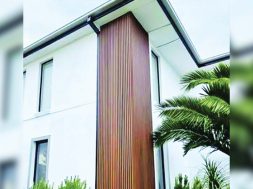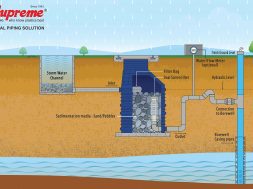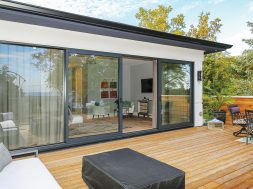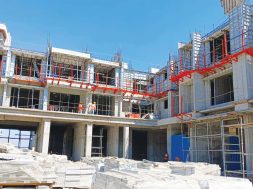High-Rise buildings need to adopt PV panels
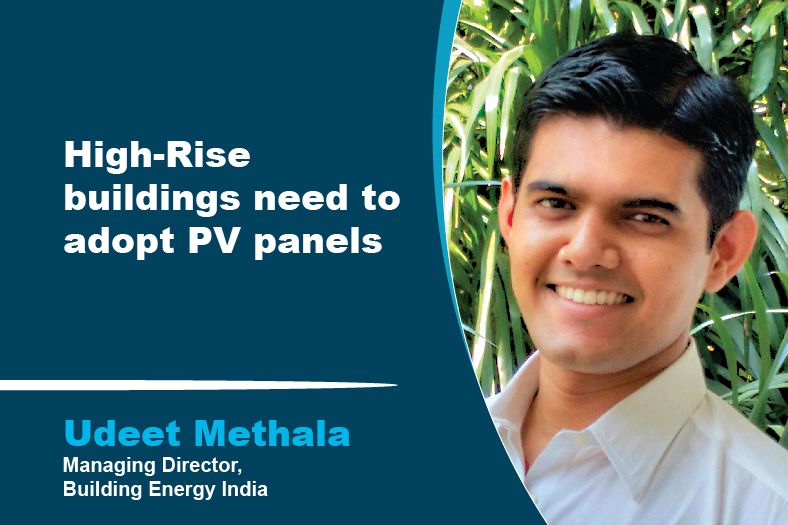
Since most of the high-rises have a very small rooftop area, it entails the use of transparent PV panels which can be installed on vertical facades too
What kind of design makes it easy to tap solar power in homes and buildings?
The building rooftop is the surface of the building that receives the maximum solar radiation, in comparison to the walls, that receive sunlight at an angle and reflect or diffuse the sun’s rays. Building designs that are close to the ground and spread out have large roof areas making them most suitable for harnessing solar energy. The rooftop is also usually an under-utilised part of the building envelope, making it a readily available space to create an R.E.G.Z. (Renewable Energy Generation Zone). For buildings with sloped roofs, the roof should face the midday sun during peak radiation. A small area on the roof can usually provide sufficient energy for hot water generation as well.
Rainscreen cladding vs curtain walling systems, what kind of arrangement is better for Solar PV Facades?
Rainscreens and curtain walls are ideal for cold climate places where the sun’s heat can be effectively trapped and reduces heating costs. Solar PV when integrated with glass facades add an energy generating element to the glazing.
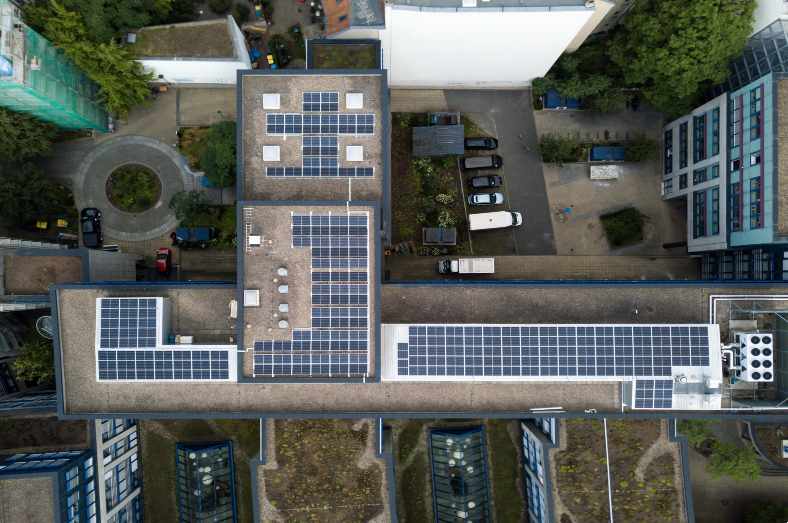
What is the advantage offered by transparent Solar PV facade in terms of heat gain and light gain? Likewise do you feel solar windows are going to redefine the future?
Most parts of India experience very high temperatures in summers, and the sun’s heat is undesirable. Glass is prescribed only for efficient daylighting and views. Windows face north or east so as to not receive direct heat from the sun, and only allow indirect light. In efficient designs, areas of the building envelope most exposed to the sun are minimised and shaded. Where windows are unavoidable on the exposed faces of buildings, transparent Solar PV panels could partially compensate for the additional cooling loads they generate. The efficiency of transparent PV Panels are 40% lower than opaque panels, but can make a significant impact on the architecture of cold climate regions in India.
Are rooftop solar feasible for high-rises when the area of the terrace vs the number of housing units are not proportional to each other? How can this issue be addressed?
Most high-rise buildings have a very small rooftop area compared to their vertical facades. Solar energy generated from rooftops are used to power common area LED lighting and small motors. To increase generation of solar energy, opaque and transparent PV panels can be installed on the vertical facades as well. However, to ensure solar energy generation can sustain household activities, much larger surface areas and greatly reduced cooling demands are needed.
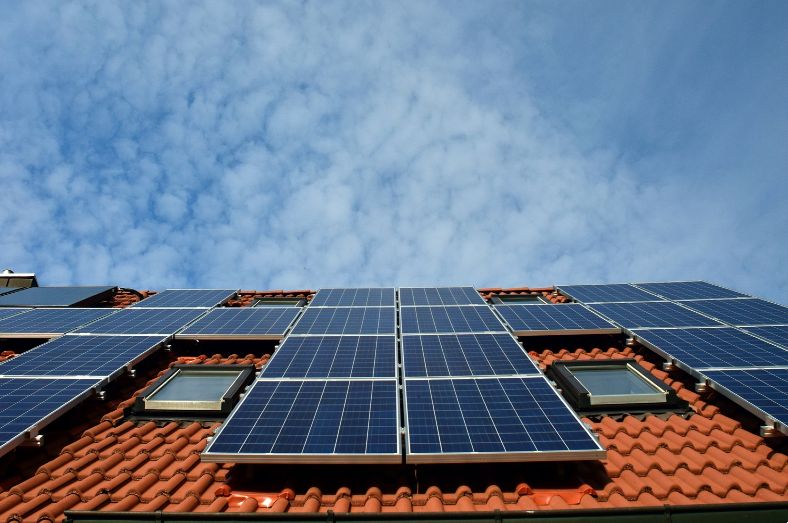
What advice do you have for beginners who would like to utilise solar power for cutting on energy bills? What are the factors they need to keep in mind before selecting the right solutions?
As early adopters of solar energy in India, calculate the areas in your building receiving clear exposure to the sun. Evaluate the ‘usable area’ for solar PV after deducting shaded area. Observe the shading patterns of your R.E.G.Z. The angle of incidence of the sun’s rays plays an important role in deciding the energy generation potential of the rooftop as well. With a little more investment one can have sensor based controls that adjust the angle of the solar PV panels to maximise your energy generation potential.
Use high quality energy storage systems to minimise losses. Before you buy, evaluate the solar energy generated per square foot area of a PV panel. Calculate your payback period, i.e., the time it takes to get returns on your investment which in this case would be reduced energy bills. I highly recommend doing a pilot project of a single panel to confirm if you should or shouldn’t invest in a large solar PV system for your rooftop and your building’s specific climate type.
43
Cookie Consent
We use cookies to personalize your experience. By continuing to visit this website you agree to our Terms & Conditions, Privacy Policy and Cookie Policy.






